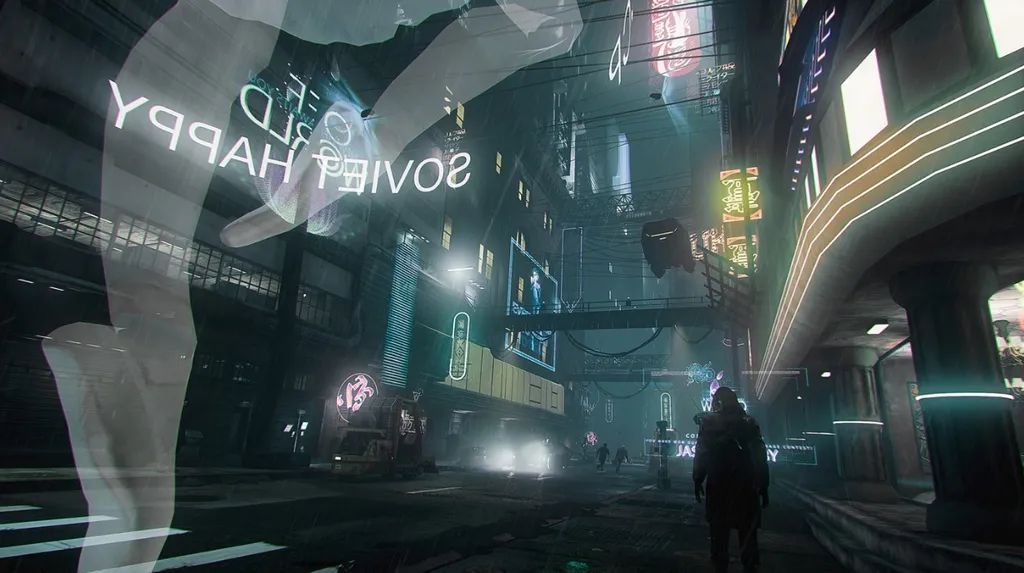Update: Memory Lab is now available on Rift and Gear VR.
Blade Runner is one of those rare films that’s managed to protect its integrity by avoiding spin-offs and tie-ins that would dilute the original’s profound impact. Now that the long-awaited follow-up, Blade Runner 2049, is in cinemas, though, the series is more at risk of falling victim to the Hollywood marketing machine than ever. Fortunately, like the sequel, this week’s VR tie-in app, Blade Runner: Memory Lab, does right by the film’s mythos.
Memory Lab, from LA-based studio Magnopus, is a little longer than your average free tie-in experience. Appearing on Oculus Rift and Gear VR, it lasts anywhere from 20 to 30 minutes and features scenes with an unexpected amount of freedom. You step into the shoes of a Replicant Blade Runner which, if you don’t know the films, is basically a life-like android tasked with hunting down other androids that have gone rogue and are hiding on earth. After your last job goes wrong, you’re called in for a memory scan to assess the situation.
The app goes beyond the simple thrills of the VR tie-in, though they’re very much here too. Starting out in one of the series’ iconic flying cars in a typically rain-swept city makes for a suitably moody opening that immediately injects that neo-noir atmosphere. You’ll visit locations from 2049 and even meet a character from it, too, satisfying the more immediate joys of wish-fulfillment.
More interesting, though, is what Memory Lab adds to the franchise. You’re assisted by an AI companion similar to the one played by Ana de Armas in 2049. The actor, though, has been photoscanned-into the world using Microsoft’s mixed reality volumetric capture rig, the European version of which we got to see earlier this week. Along with several other characters, she appears life-like and convincing, with only slightly blurred textures allowing you differentiate from the real thing. It looks a little like a real human rendered in Google Earth VR, for example.
It’s fitting that a franchise obsessed with humanity and what the augmentation of that concept means for society be one of the first VR apps to include this technology. Though Memory Lab itself may have limitations, it does represent one of the first steps towards bringing fully convincing humans into the virtual world which, combined with the acceleration of headsets themselves, could have massive implications in the years to come. Ultimately that’s not a subject the piece itself is concerned with, which does feel like something of a missed opportunity.
Memory Lab also manages to contribute somewhat to 2049’s story without stepping on it, shedding a little more light on one of the film’s central characters that gives the entire piece an even deeper sense of purpose.
All-in-all, then, it’s not half bad considering just how dire some movie tie-ins can be. Memory Lab is a brief and enjoyable visit to one of cinema’s most celebrated worlds, which lets you live just a slice of its atmosphere before taking you back out, leaving everything as it were. That’s all you can ask for.





























